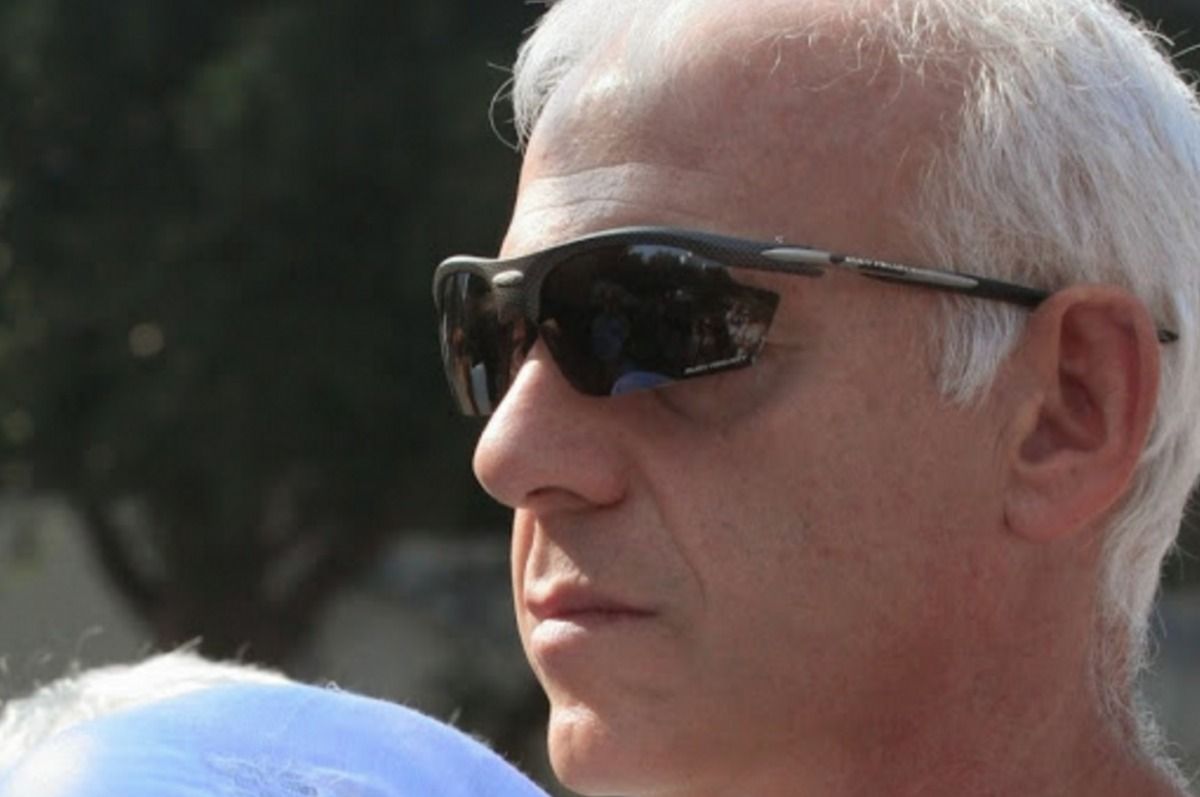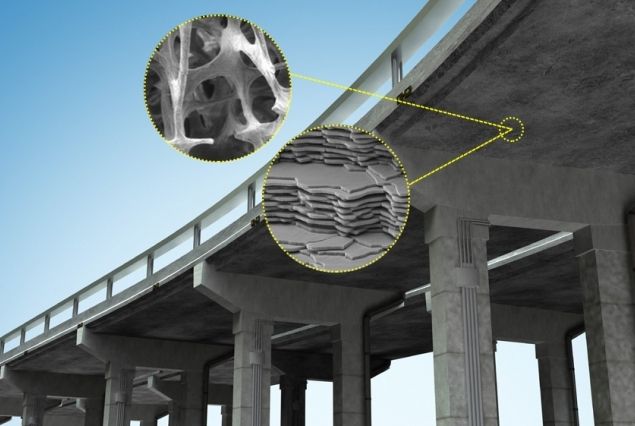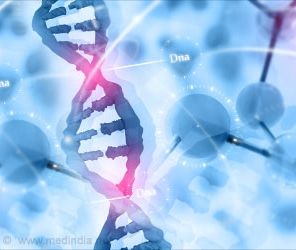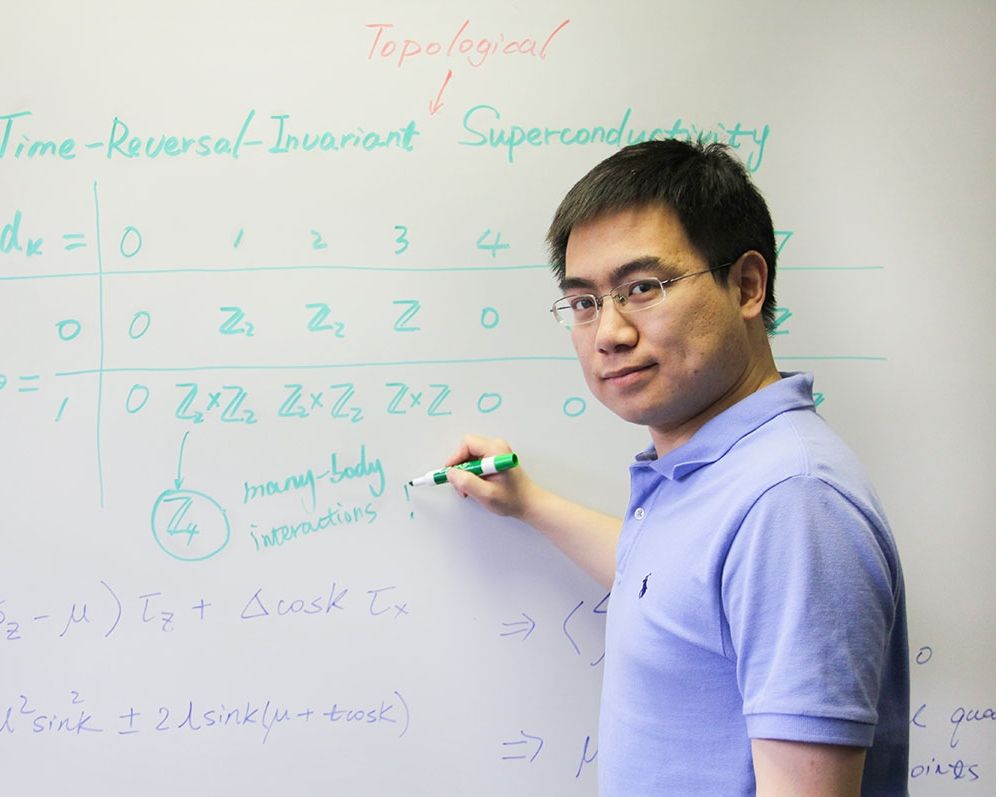Pot can cause serious illness due to its gene altering effects.
Scientists from The University of Western Australia have identified how using cannabis can alter a person’s DNA structure, causing mutations which can expose them to serious illnesses, and be passed on to their children and several future generations.
Although the association between cannabis use and severe illnesses such as cancer has previously been documented, how this occurs and the implications for future generations was not previously understood.
Associate Professor Stuart Reece and Professor Gary Hulse from UWA’s School of Psychiatry and Clinical Sciences completed an extensive analysis of literary and research material to understand the likely causes and uncovered alarming information.







